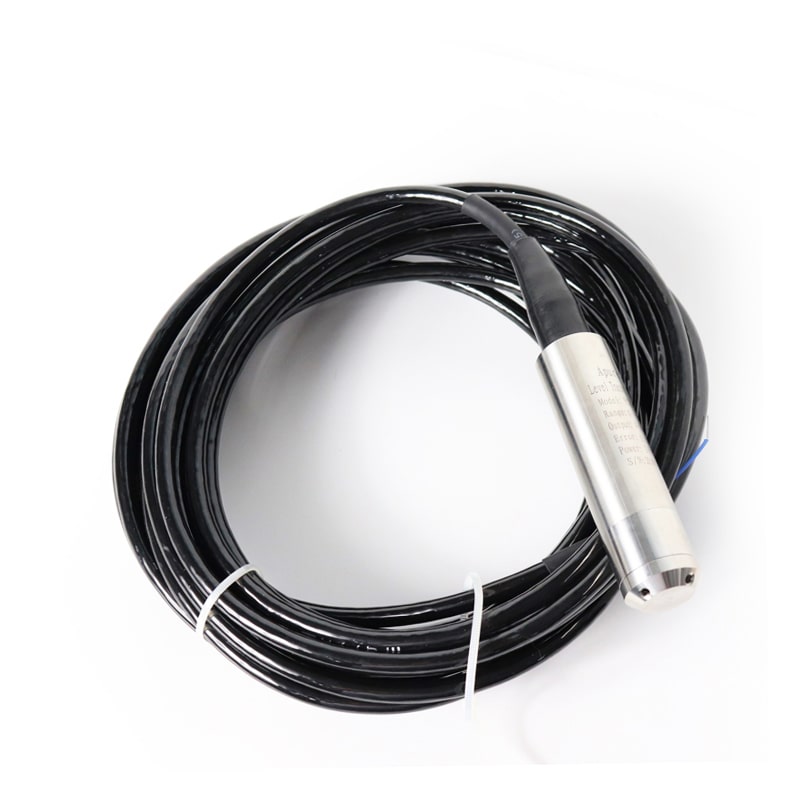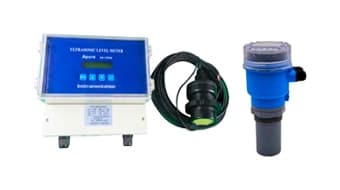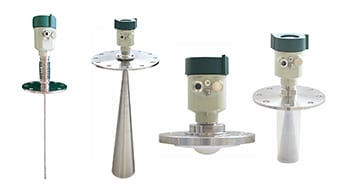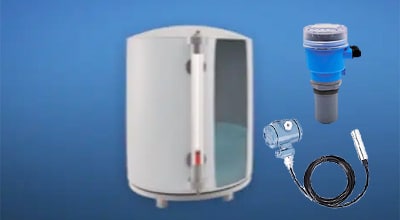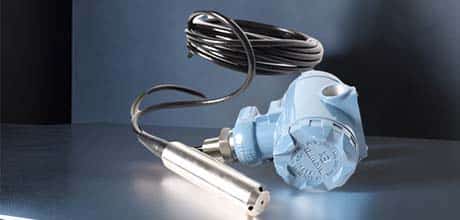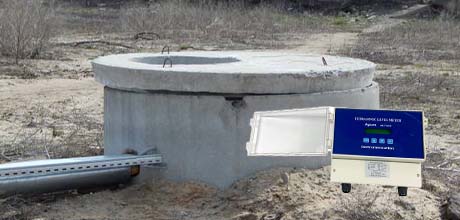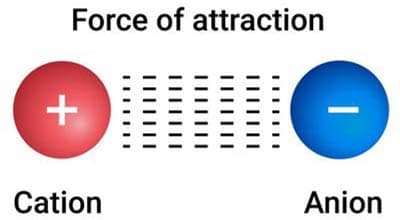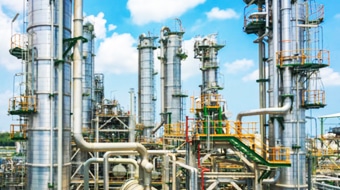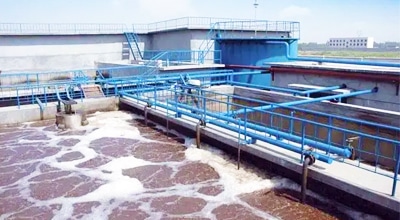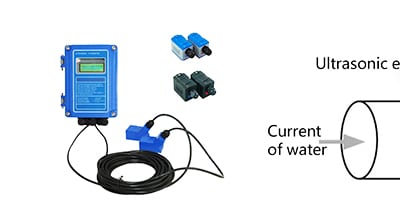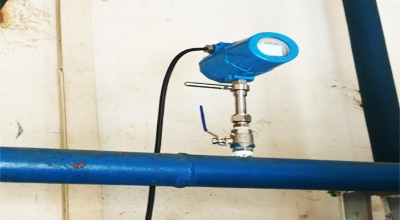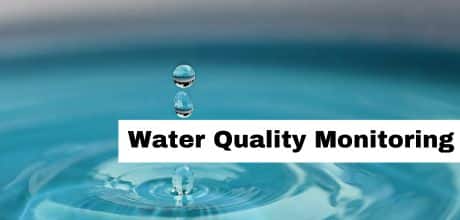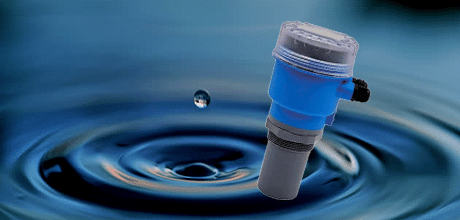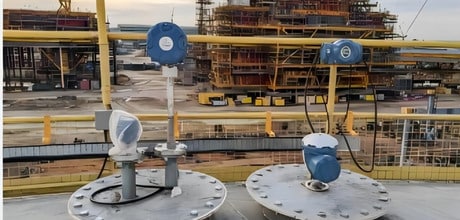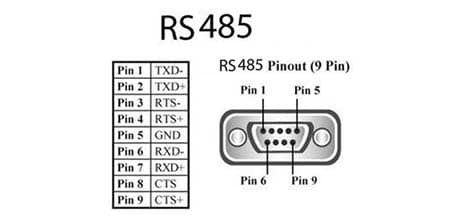Hydrostatic Level Sensor
Hydrostatic input level sensor/transmitter is based on the principle that the hydrostatic pressure of the measured liquid is proportional to the height of that liquid, and adopts isolated diffuse silicon sensitive element or ceramic capacitance pressure sensitive sensor to convert hydrostatic pressure into electric signal, and then after temperature compensation and linear correction, it is converted into standard electric signal (generally 4~20mA/1~5VDC).
What is a hydrostatic level sensor?
A hydrostatic level sensor is a device that utilizes the hydrostatic pressure of a liquid to measure its level. Simply put, it calculates the level height of a liquid by measuring the pressure at the bottom of the liquid or at a specific location.
Hydrostatic level transmitter working principle
- Liquid hydrostatic pressure: Any point inside a liquid is subject to a pressure in all directions, which is called hydrostatic pressure. The size of the hydrostatic pressure is proportional to the density of the liquid, the acceleration of gravity and the height of the liquid column.
- Pressure Measurement: Hydrostatic level sensors convert the hydrostatic pressure generated by the liquid into an electrical signal, and by measuring this electrical signal, the height of the liquid level can be calculated.
When the level transmitter is put into a certain depth in the measured liquid, the formula for the pressure on the liquid surface facing the sensor is: Ρ = ρ .g.H + Po Eq:
- P : the pressure on the liquid surface of the transmitter
- ρ: density of the measured liquid
- g: local gravitational acceleration
- Po: atmospheric pressure on the liquid surface
- H: the depth of the transmitter into the liquid
At the same time, the pressure of the liquid is introduced into the positive pressure chamber of the sensor through the air-conducting stainless steel, and then the atmospheric pressure Po on the liquid surface is connected to the negative pressure chamber of the sensor to offset the Po on the back of the sensor. So that the sensor measured pressure is: ρ .g.H , obviously, by measuring the pressure P, you can get the liquid level depth.
Types of hydrostatic level sensors
Differential Pressure Hydrostatic Level Sensor
- Principle: Calculate the liquid level by measuring the pressure difference between the bottom and top of the sensor.
- Characteristics: High measurement accuracy, unaffected by changes in atmospheric pressure.
- Application: Suitable for liquid level measurement in closed vessels or pipelines. 2.
Absolute pressure hydrostatic level sensor
- Principle: directly measure the absolute pressure of the liquid at the bottom of the sensor, and calculate the liquid level by the difference with the atmospheric pressure.
- Features: simple structure, easy to install, suitable for open containers.
- Application: Widely used in water tanks, ponds and other open liquid level measurement.
Composite hydrostatic level sensor
- Principle: Combining the advantages of differential pressure and absolute pressure, can measure multiple liquid levels at the same time.
- Characteristics: powerful, adaptable.
- Application: For complex multi-layer liquid level measurement.
Silicon piezoresistive hydrostatic level sensor
- Principle: Using the silicon piezoresistive effect, the pressure signal is converted into an electrical signal.
- Characteristics: high measurement accuracy, fast response speed.
- Application: For high precision liquid level measurement.
Ceramic capacitive hydrostatic level sensor
- Principle: Using the capacitance change of ceramic material to measure the pressure.
- Characteristics: high temperature resistance, corrosion resistance, good long-term stability.
- Application: suitable for level measurement under harsh working conditions.
Hydrostatic level gauge accuracy
The accuracy of hydrostatic level sensors is usually expressed in percentage, such as 0.1%, 0.2%, etc.. Generally speaking, high-precision sensors can achieve an accuracy of 0.1%, while the accuracy of ordinary sensors is between 0.2% and 0.5%.
Hydrostatic level measurement calculation
On-site calibration
- Preparation: Prepare a standard liquid column or standard pressure source of known accuracy, measuring tools, etc.
- Calibration Procedure: Immerse the sensor in a standard liquid column, measure the sensor output values corresponding to different liquid levels, and compare them with the standard values to derive the calibration coefficient.
Laboratory Calibration
- Equipment: Use a specialized pressure calibration device.
- Calibration procedure: Connect the sensor to the calibration device, apply different pressures, measure the sensor output and compare it with the standard value to generate a calibration curve.
Applications
- Measurement of corrosive liquids: hydrostatic level sensors are not affected by the conductivity of the liquid, and can measure a variety of corrosive liquids.
- High-temperature and high-pressure environments: hydrostatic level sensors can be applied to high-temperature and high-pressure environments.
- Large range of liquid level measurement: hydrostatic level sensors can measure a wide range of liquid level, suitable for deep wells, high towers and other occasions.
- Complex Shape Vessels: Hydrostatic level sensors can measure various shapes of vessels, such as spherical, conical and so on.

